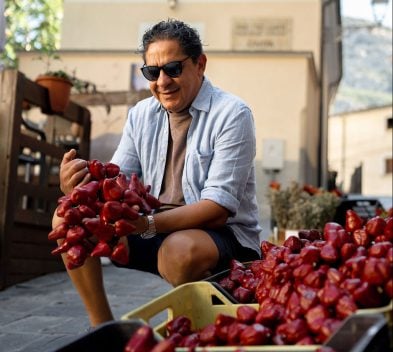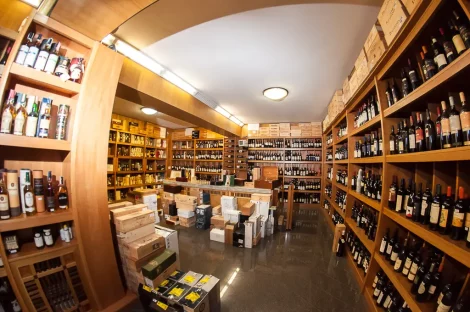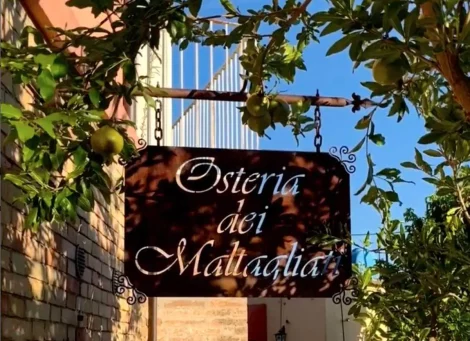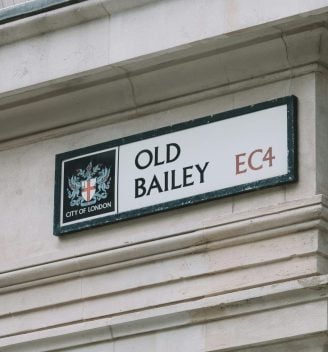Gambero Rosso has been publishing the Vini d’Italia guide since 1987. The evaluation process has remained unchanged and is based on strict criteria: always blind tastings, group evaluations and never by a single individual, wines tested in multiple tasting phases by different panels. The rating system? The Bicchieri: one Bicchiere for a good wine, Due Bicchieri for a very good wine, Tre Bicchieri for an excellent wine. The guide is translated into four languages: English, German, Chinese and Japanese. In almost 40 years of history, the guide has helped carry Italian wine across the world, becoming a point of reference for both enthusiasts and professionals in the trade. Major alcohol monopolies use it as a key tool for purchasing decisions.
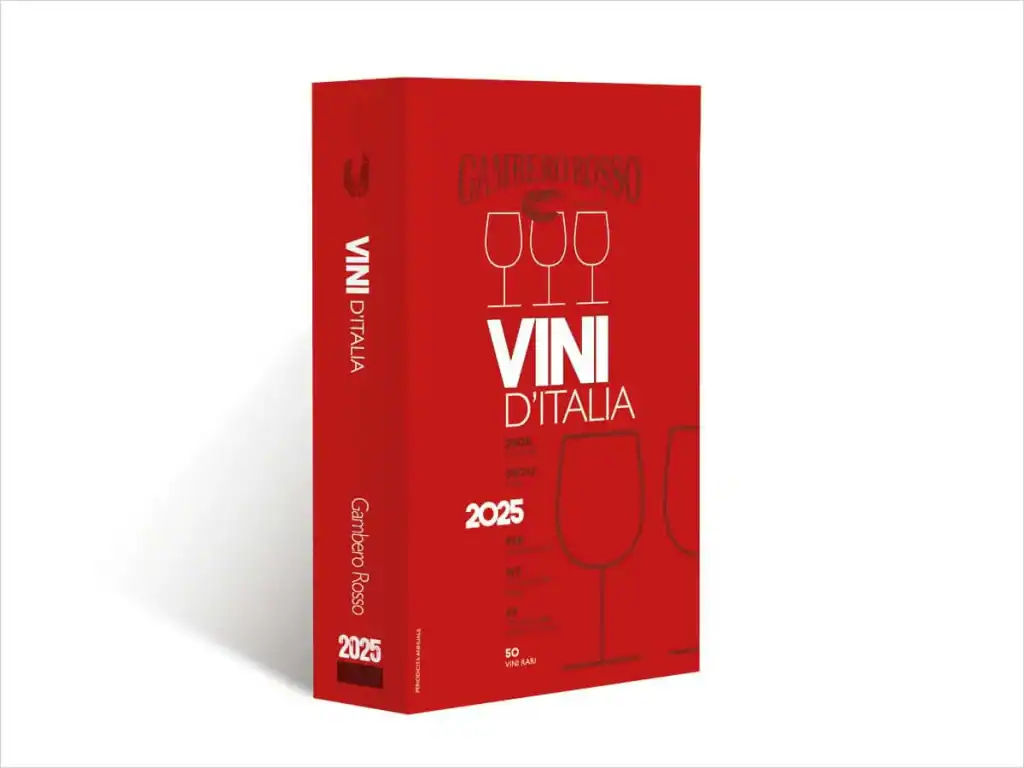
A team of over 60 tasters
Each year, Gambero Rosso’s wine editorial team tastes around 40,000 Italian wines thanks to a team of more than 60 expert tasters—true wine nerds. Well-known journalists and sommeliers, selected based on their expertise and deep knowledge of the territory. The first phase of the Guide takes place between May and July, when bottles are collected from each region in collaboration with third-party organisations (consortia, regional wine shops, chambers of commerce) that guarantee the anonymity and impartiality of the process. All wines are, in fact, tasted blind. This means the bottles are covered (with bags or aluminium foil) and the panel cannot identify the producer. The only available information is the type and vintage (e.g., Barolo 2020).
What we evaluate
The judgement is collective—the panel's average—never the opinion of a single taster, but the result of group discussion. We evaluate typicity, pleasantness, complexity, integrity, clarity, stylistic coherence and ageing potential. It's a comprehensive analysis that balances technique, identity, and vision. In the first phase, each wine is tasted by a commission of at least three people. If it scores more than 72/100, it enters the guide with one Bicchiere; over 80/100 earns Due Bicchieri; the best—above 85/100—move on to the final tastings, held in Rome during July and August.
The Tre Bicchieri final
The final commission for the Tre Bicchieri consists of the curators of the Vini d’Italia Guide (Giuseppe Carrus, Gianni Fabrizio and Marco Sabellico), an expert from the relevant region, and a special collaborator selected by the organisation, sometimes a Master of Wine or an international journalist. If a wine scores more than 90/100, it is awarded the Tre Bicchieri. Those that don’t reach this threshold but still make it to the finals are noted in the Guide with Two Red Glasses.
A secular approach
The Tre Bicchieri method makes no ideological or production-based distinctions: small wineries producing 5,000 bottles are just as likely to be rewarded as large social cooperatives. Only what’s in the glass matters. Participation in the guide is completely free for the wineries, and the organisation is under no obligation to include a wine even if it has been tasted. Nearly 40% of the wines submitted for tasting do not make it into the guide: around 22,000 to 25,000 wines are reviewed each year.
The glass above all
Since 1987, the work has been based on one very simple principle: judge the wine for what it is, not for who makes it or how it's marketed. The Tre Bicchieri method is Gambero Rosso’s hallmark. It represents a commitment to those who make the wine—and to those who drink it.

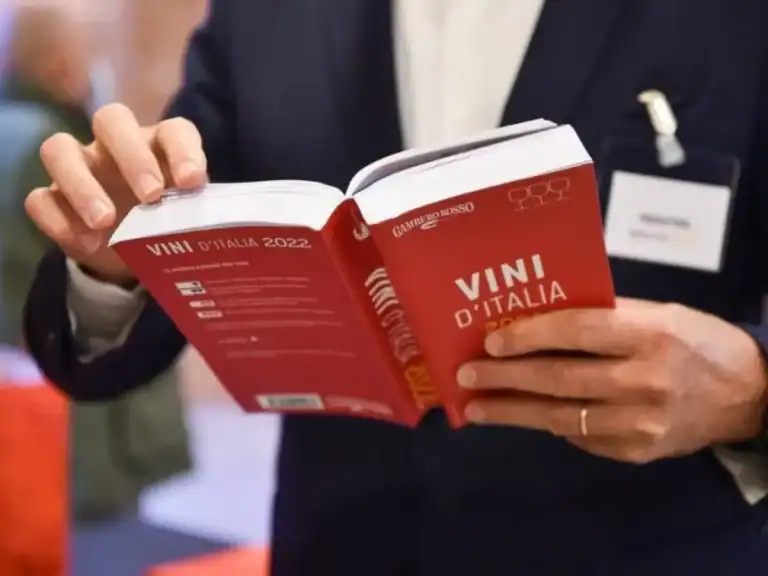
 The social media star resurrecting Italy's forgotten culinary classics
The social media star resurrecting Italy's forgotten culinary classics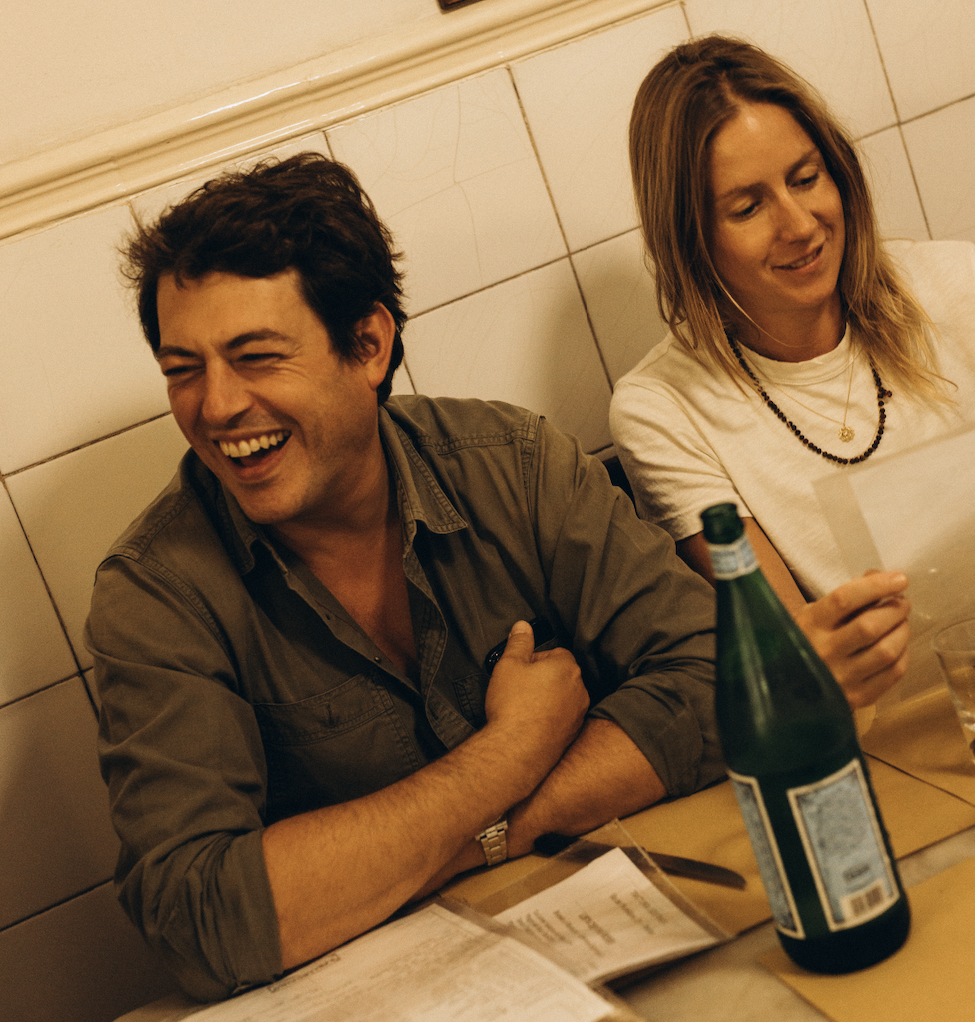 Giovanni Mazzei brings a taste of Florence to London
Giovanni Mazzei brings a taste of Florence to London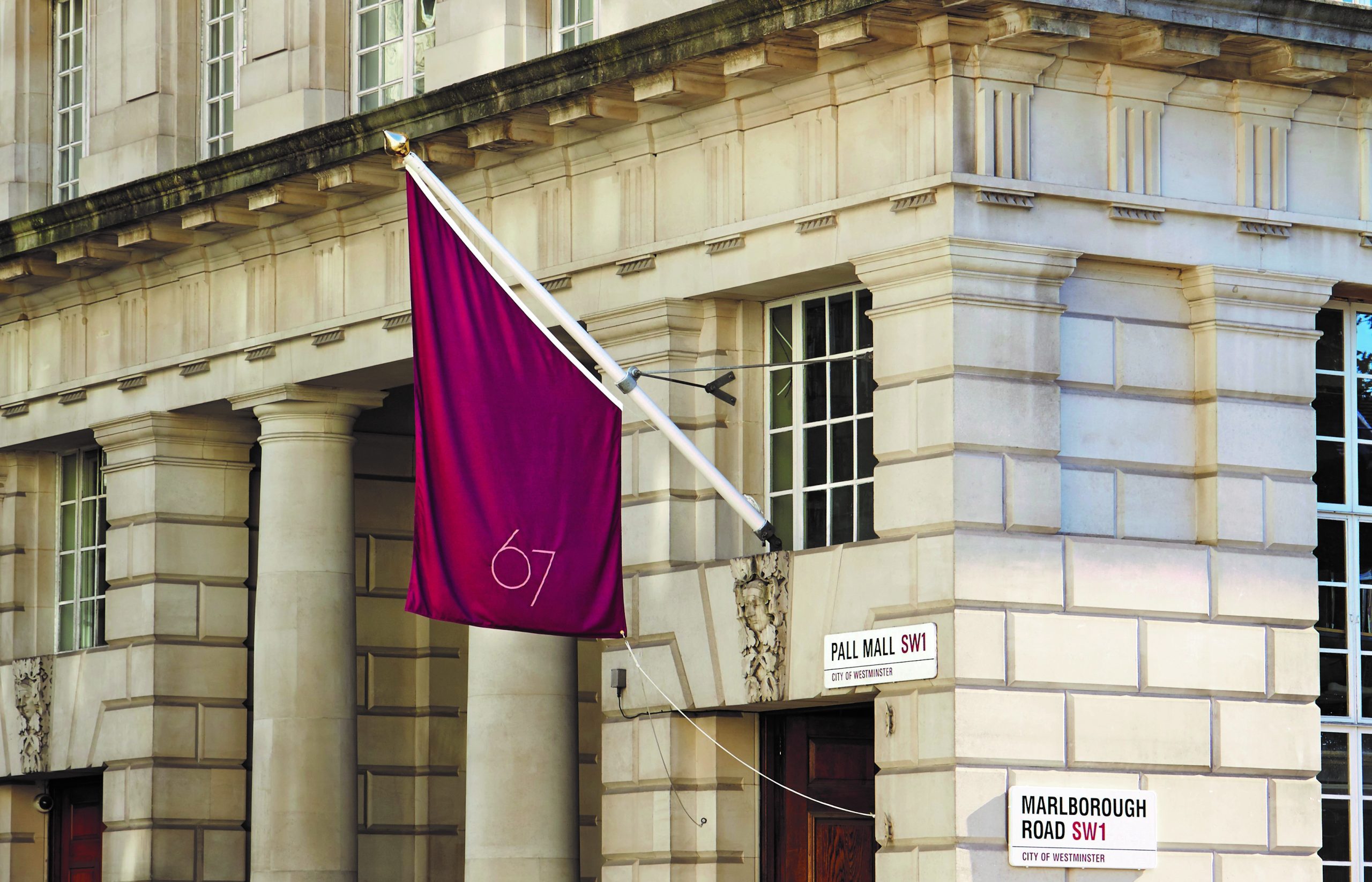 Burgundy dominates but Italy is rising: a look at London's fine wine trends
Burgundy dominates but Italy is rising: a look at London's fine wine trends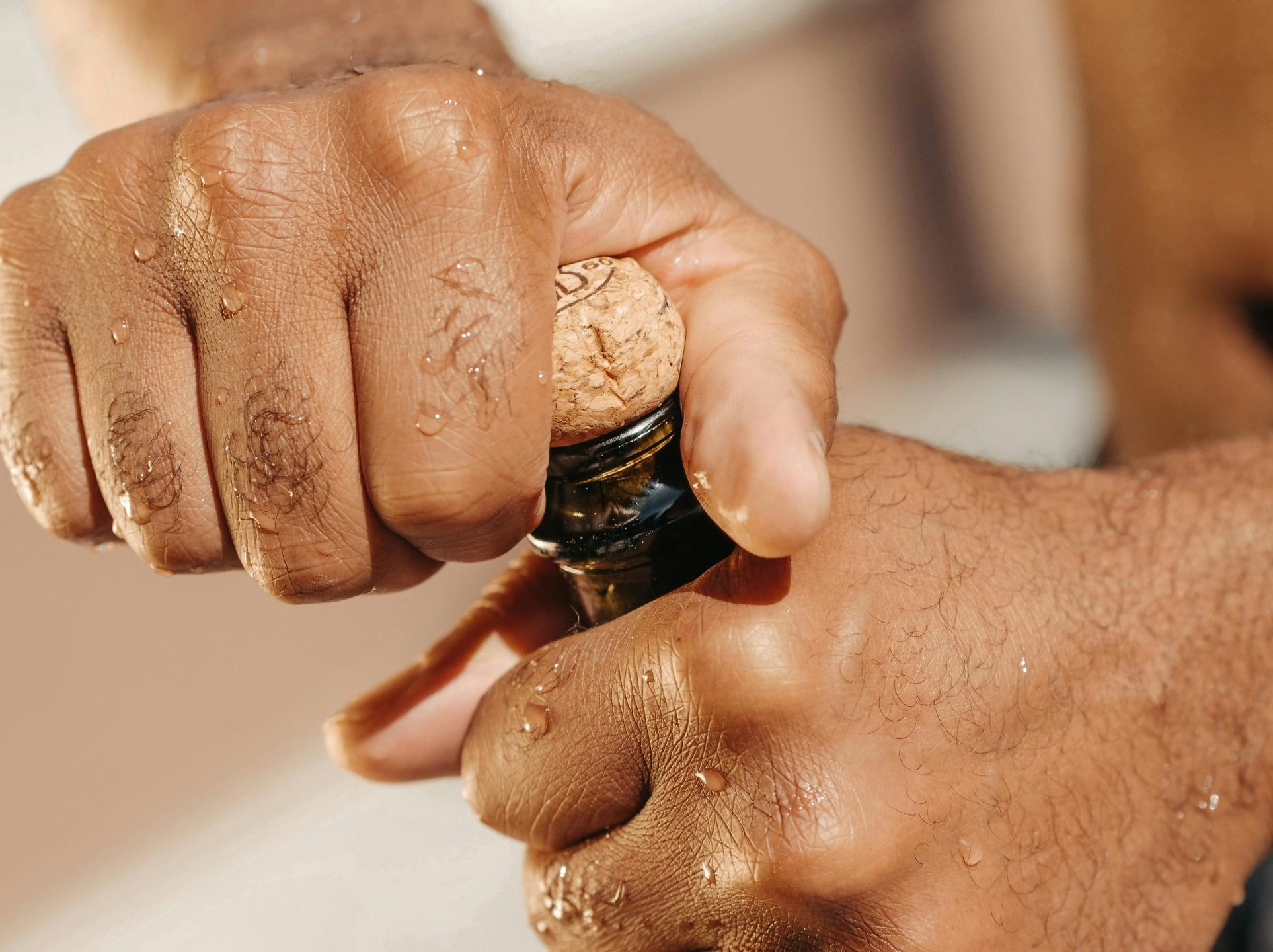 Costco Prosecco recalled over exploding bottle fears
Costco Prosecco recalled over exploding bottle fears The Consorzio Vino Chianti heads to Brazil: “An attentive public and a dynamic market”
The Consorzio Vino Chianti heads to Brazil: “An attentive public and a dynamic market”